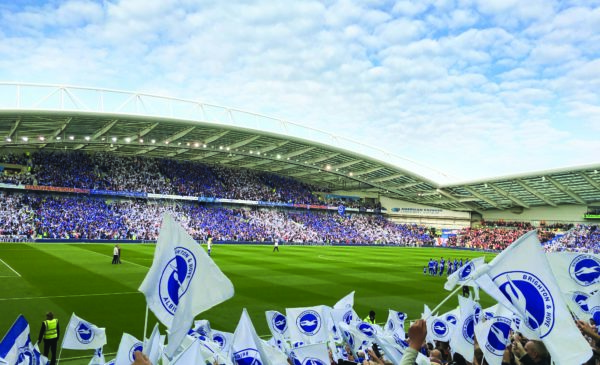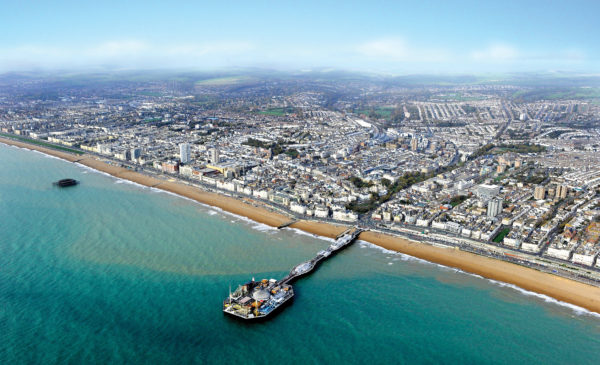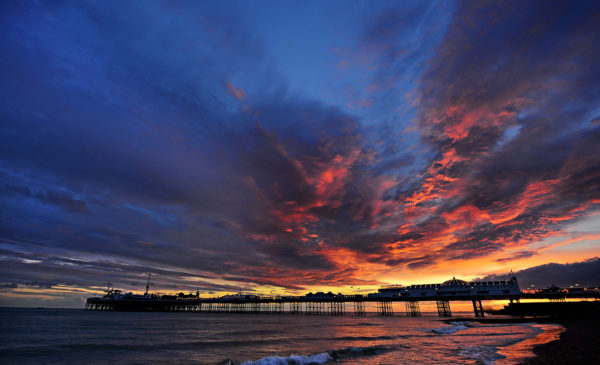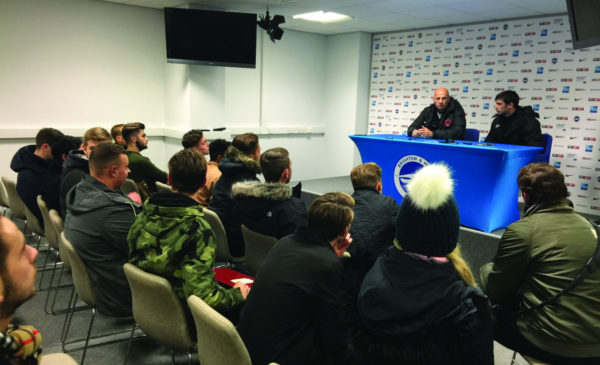George Wills takes a look at the old guard of English Football stadiums throughout history. Reviewing some of those most iconic ones that no longer stand and some classic stadia that still exist today.
They do not make stadiums like they used to. Nowadays, more and more teams are trading up their supposedly old but historic and characteristic grounds for new stadiums. For some teams it works well, but for some they still haven’t made it their home yet.
For instance, since leaving their former homes of Highbury and Upton Park, Arsenal and West Ham United fans will admit it just does not feel the same as before. Of course, it takes time to settle in, but for the likes of The Gunners who have had 14-years in their new ground, it appears they are still trying to find their feng shui.
Stadium One: Highbury (Arsenal FC, 1913-2006)
Embed from Getty ImagesHome of the Gunners for 93 years, Highbury was not actually the official name for the ground. But rather the ‘Arsenal Stadium’ it did, however, pick up the nickname of Highbury after that was the area of London the ground was situated.
The stadium saw two redevelopments during its time, the first in the 1930s and the second in the very first FA Premiership season in 1992-93. The latter saw the famous clock end updated which held 48 executive boxes, making it the only stand with a second tier for fans.
Arsenal famously won their undefeated season here in 2004 after coming back from 1-0 down to defeat Leicester City 2-1, becoming the one and only team to have done it. Arsenal boast an impressive record here to, having faced a grand total of 2010 matches in their time here, walking away with a solid, 60%-win percentage.
A stadium with so much history and trophy laden, unlike the Emirates. It is a shame the stadium is not still standing today. Of course, the Gunners had their reasons for leaving; but a place like that should be looked after and memorialised rather than torn down. As modern as the Emirates Stadium is, I’m sure some Arsenal fans do miss their old home and would go back given the chance.
Stadium Two: Maine Road (Manchester City, 1923 to 2003)
Embed from Getty ImagesFor anyone who has played the FIFA games in recent years, they will see that the fictitious Eastpoint Arena can somewhat resemble Manchester City’s old home of Maine Road.
That aside, Maine Road is very much a stadium that was in the heart of the community. In the middle of the Moss Side estate in Manchester. During their 80-year stay, saw bitter rivals Manchester United become tenants twice, in the 1940s due to Old Trafford being damaged through air raids and again in the 1950s.
For the majority of the stadia’s history it was known for having the widest pitch in English football. Something they have continued even at their new ground in Clayton, Manchester.
There was an initial plan to remain at Maine Road when plans to redevelop were being talked about. However, they were subsequently abandoned ahead of their move to the City of Manchester Stadium. At the time of moving in, it was an athletics stadium having hosted the 2002 Commonwealth Games.
Embed from Getty ImagesIn more recent history, towards the end of their time in Maine Road, City became what is known as a yo-yo club, bouncing between what is now the EFL Championship and EFL League One.
After their move to what is now the Etihad, there were rumours that the former stadium would be turned into a multi-use sports complex, but this was scrapped, and houses replaced the once historic ground.
Maine road was important part of the history of Manchester City and surely some fans still miss it but due to the success and stature they now have from moving to a new home it is hard to see them looking back.
Stadium Three: Old Wembley (England, 1923-2000)
Embed from Getty ImagesThe original Wembley stadium was home for the England National Team for the majority of the 20th century. Spanning four monarchs, the originally named Empire Stadium was one of the most well-known stadiums in world football.
The stadium has its spot in history, for hosting the 1966 FIFA World Cup final, where of course, England won their only World Cup as well as hosting the 1996 UEFA European Championship. Aside from this the stadium held numerous European Cup finals also.
Wembley was dubbed “The cathedral of football. It is the capital of football and it is the heart of football.” by none of other than three-time Brazilian World Cup winner, Pele.
It was a cauldron of noise and that can be seen here when England took on Germany in the Euro 1996 Semi-Finals.
This wall of sound has been difficult to replicate in the new stadium. The day this stadium was closed England Football lost some of its voice and has yet to return. There was something special about this stadium.
If still around today it would be three years short of it’s 100th birthday. It’s very rare now that you see stadiums reaching triple figures. A few that come to mind are Fratton Park (Portsmouth) and Goodison Park (Everton). Both of which have been heavily updated but still hold that old/rustic/vintage façade.
There was a possibility to have done this with Wembley, to keep the most of the old Wembley intact but update the essentials part likes entrances, exits, bathrooms and food vendors. But alas, a new stadium was ordered.
Had the Empire Stadium been able to endure until today, the voice of England would have still remained, and perhaps, another major trophy to boast. Who Knows?








